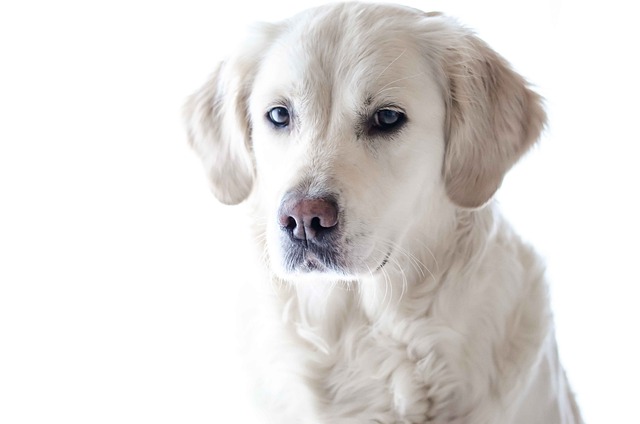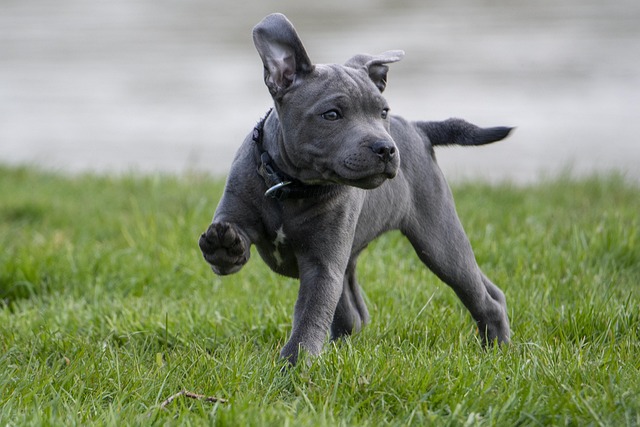
How to train your dog to bring you the leash?
There’s something satisfying about watching your dog dash over, drop their leash at your feet, and wait proudly—like they just solved a big puzzle.
When bringing a new puppy home, one of the most pressing questions for every pet parent is, “How long does it take for a puppy to be potty trained?” The truth is, there’s no one-size-fits-all answer, as the timeline varies based on factors like breed, age, and training consistency. Let’s explore the process while highlighting key considerations for pet owners in Europe and America, from legal regulations to cultural norms.
Most puppies show readiness for potty training between 8 to 12 weeks old, as their bladder and bowel control begins to develop. However, full training typically takes 4 to 6 months—some master it sooner, while others need extra patience. Breeds with higher energy levels might require more structured routines, while smaller breeds may need more frequent bathroom breaks due to their smaller bladder capacity.
In many Western countries, local laws mandate responsible pet waste disposal. For example, in the UK, Germany, and the US, failing to clean up after your pet in public spaces can result in fines. This legal requirement isn’t just a rule—it’s a cultural expectation. Pet owners are seen as part of a community, and adhering to waste disposal norms is essential for maintaining neighborhood harmony. Urban dwellers in apartments face unique challenges, as they can’t rely on a backyard; instead, they must establish a routine of regular walks, often coordinating with building regulations or local park access times.
Positive reinforcement is key in Western training philosophies. Rewarding puppies with treats, praise, or play when they use the designated area reinforces good behavior, while punishment can create anxiety and stall progress. This approach aligns with the animal welfare mindset prominent in Europe and America, where gentle training methods are preferred. Observing your puppy’s signals—like sniffing, circling, or whining—helps catch bathroom needs early, while a consistent schedule for feeding and outings helps their body adapt to a routine.

It’s also important to note that cultural attitudes toward pet behavior vary. In some neighborhoods, quiet hours or leash laws might affect when and where you take your puppy out. Being mindful of these unspoken rules (like avoiding busy sidewalks during rush hour) fosters better integration into the community. Remember, potty training isn’t just about teaching your puppy— it’s about building a responsible pet-owner relationship that respects both local laws and social norms. With patience and consistency, most puppies will adapt, and you’ll both settle into a routine that works for your lifestyle.

There’s something satisfying about watching your dog dash over, drop their leash at your feet, and wait proudly—like they just solved a big puzzle.

Okay, let's talk about those adorable little land sharks living in your home. You reach down to pet them, they latch onto your hand. You wiggle a toy, they miss and grab your sleeve instead.

If you’ve ever watched a dog trainer work magic—getting a hyper pup to sit calmly or a shy rescue to walk confidently—you might’ve wondered: What’s in those little treats they’re using?

Labradors are bundles of energy,and that enthusiasm often kicks into high gear the second you grab the leash.

Teaching a dog to sit forms the foundation of good behavior, creating moments of calm in busy households and public spaces alike.

Dog aggression toward owners can show up in many ways—low growls when you reach for their bowl,snapping during grooming,or stiffening up before a nip.It's scary,but it almost always stems from fear,confusion,or feeling threatened,not malice.